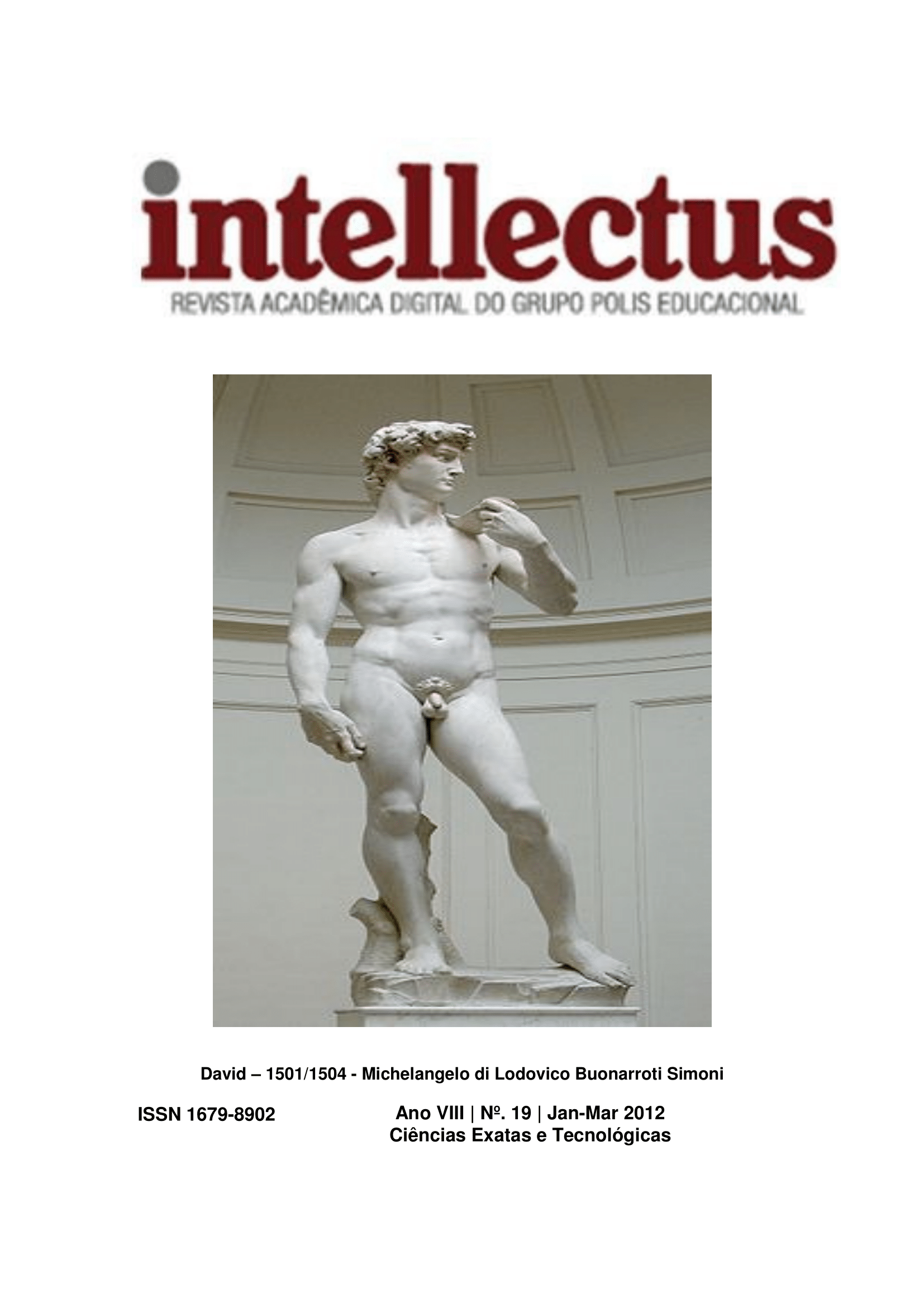MEDIÇÃO DA RESISTIVIDADE ELÉTRICA EM CONDUTORES METÁLICOS
Palavras-chave:
resistividade elétrica, condutividade, tensão elétrica, corrente elétricaResumo
A resistividade elétrica é uma importante característica dos materiais, uma vez que diferentes materiais também apresentam diferentes valores de resistividade. Esses valores podem indicar se o material é condutor, semicondutor ou isolante elétrico. Os condutores metálicos são os que apresentam menores valores de resistividade. A resistência elétrica de um fio condutor depende diretamente da resistividade do material que o constitui. Algumas substâncias, como metais e água salgada, conduzem bem a eletricidade. Outras, como a borracha, o plástico e o vidro, resistem ao fluxo de eletricidade. Esse fato está diretamente relacionado com a resistividade desses materiais. Medições de resistividade são importantes em vários ramos da Engenharia, tal como as análises de solos. As propriedades elétricas do solo podem ser medidas de várias maneiras diferentes, existindo vários métodos de medição. As características das rochas, por exemplo, podem ser avaliadas pela medição da resistividade das mesmas, segundo técnicas especializadas. O inverso da resistividade é denominado condutividade. As medições de condutividade são feitas principalmente em processos industriais para obter informações sobre concentrações iônicas totais (por exemplo, compostos dissolvidos) em soluções aquosas. Algumas das aplicações mais extensamente usadas são a purificação da água e a medição dos níveis de concentração em soluções. Assim, o principal objetivo desse trabalho consiste em determinar a resistividade de um condutor metálico pela avaliação da tensão e da intensidade de corrente nele estabelecidos, bem como de suas características geométricas.



